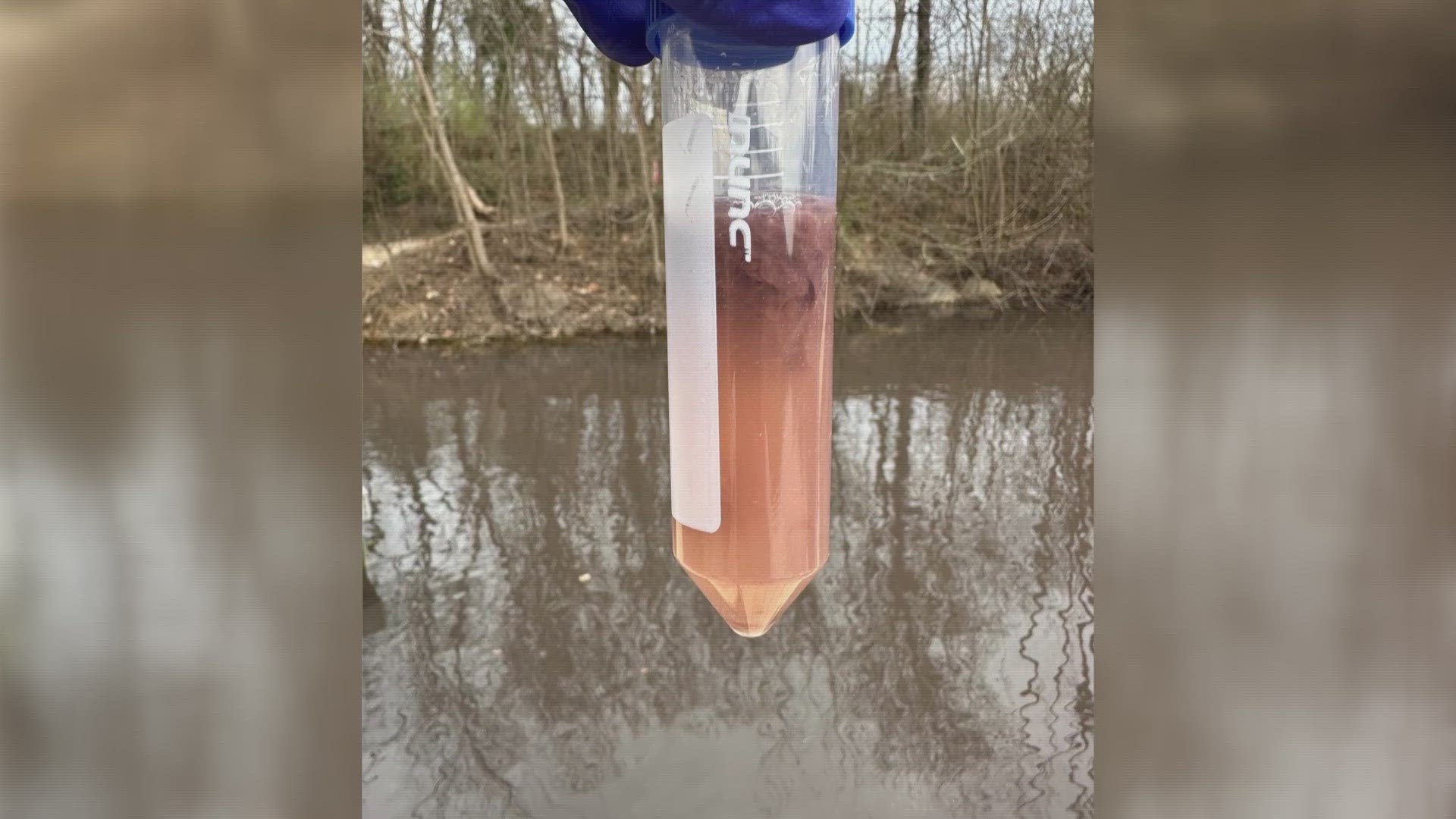KNOXVILLE, Tenn. — Ijams Nature Center is warning visitors to stay out of the water at Mead's Quarry Lake and to keep their pets out too.
It said on social media that there is a temporary bloom of "Planktothrix rubescen," a kind of algae that produces microcystin. That metabolite can be toxic to people and pets if enough of it is ingested, according to Ijams.
The nature center said it posted a health advisory at the lake warning people and pets to avoid the water, as well as scum, form or algae found nearby. The advisory will be in place until the bloom dissipates and the level of microcystin falls.
Ijams also said the algae strands can make the lake seem pinker than usual. Ijams learned about the boom when students at the University of Tennessee arrived to conduct water quality tests as part of a class.
"The nature center is working closely with the TN Dept. of Health and TDEC, which has provided guidance on best practices for safety. Ijams will update information when microcystin levels are less than or equal to the state’s Health Advisory levels," the nature center said on social media.
Anyone who plays or swims in the water should seek medical attention if they later become sick. Microcystin can cause upset stomachs, vomiting and diarrhea. Exposure to seriously high levels can also result in kidney or liver damage.
This kind of algae is usually found in deep lakes, in layers of water between the surface and cooler deep waters. Warmer winters and unstable weather patterns can allow the algae to rapidly reproduce, leading to blooms at the surface.
"Ijams expects that blooms of this particular cyanobacteria may become a more regular occurrence at this time of year due to climate change. Changes in aquatic systems such as this, extreme weather events, higher fire potentials, and earlier flowering of plants are all effects of increasingly warming temperatures," Ijams said on social media.
The nature center said it expects the bloom to end before swimming season begins.

